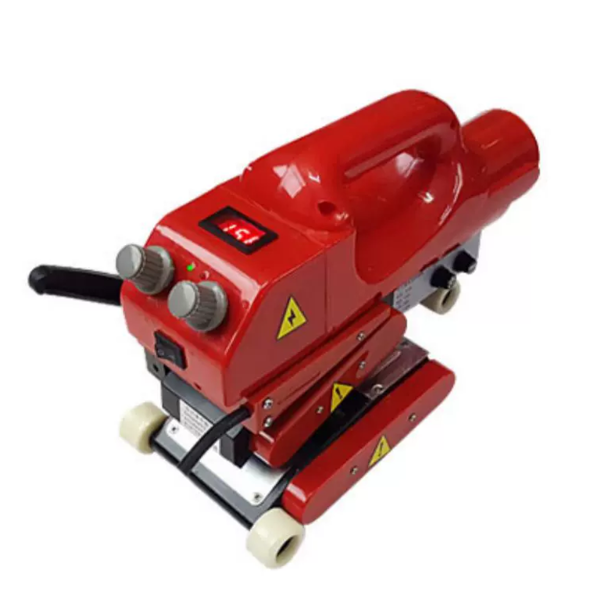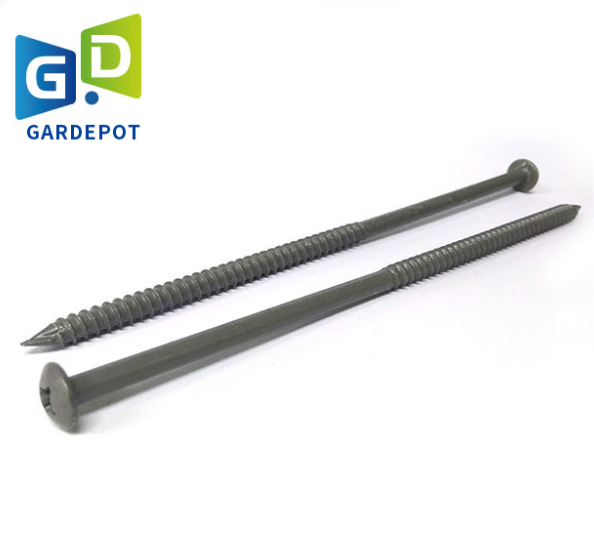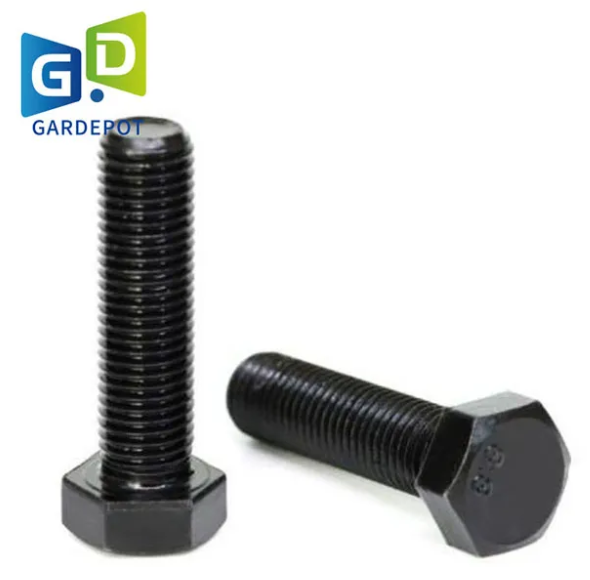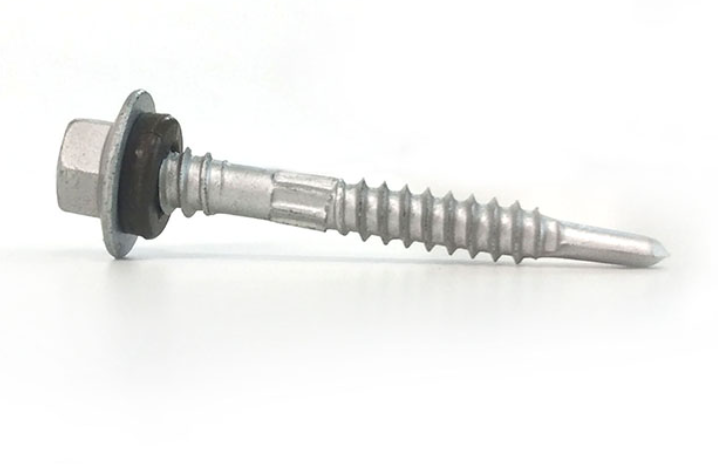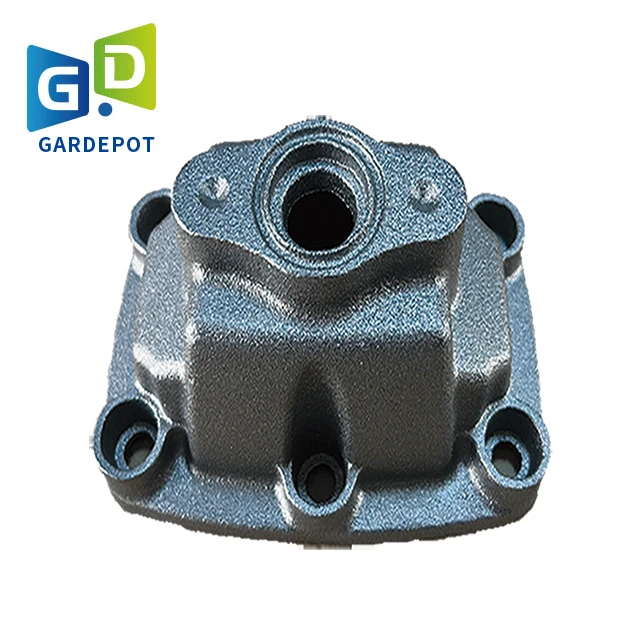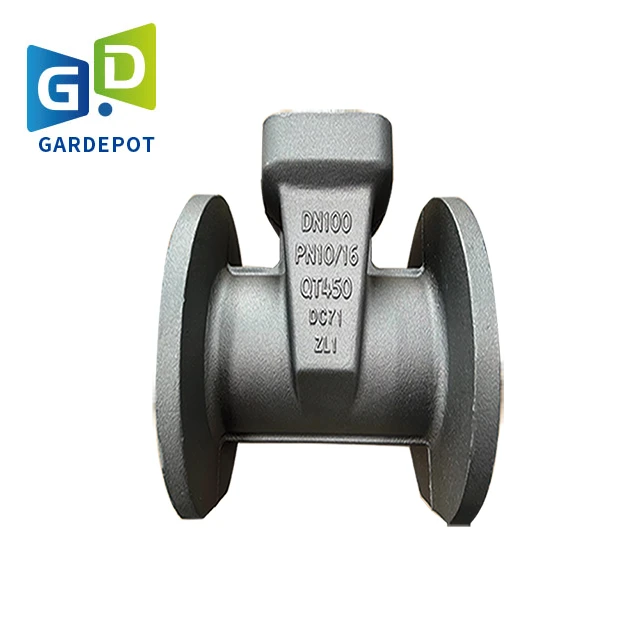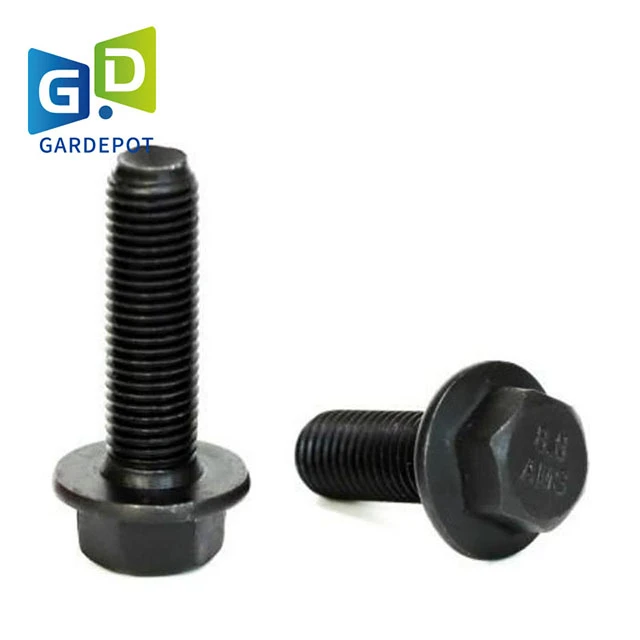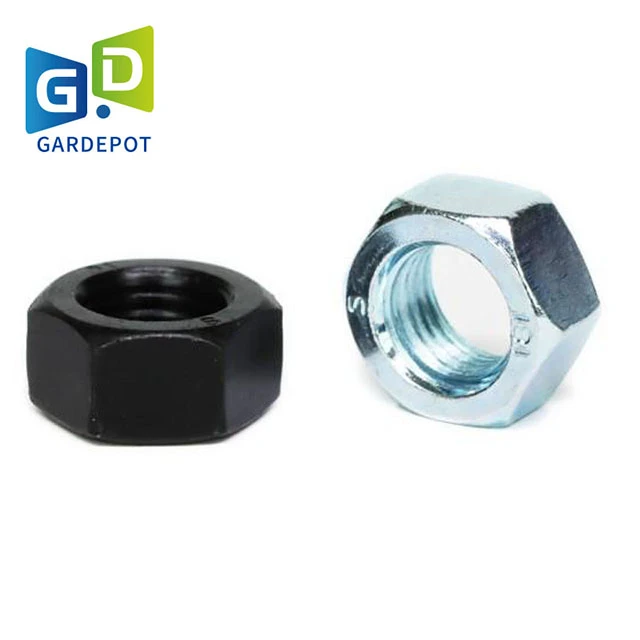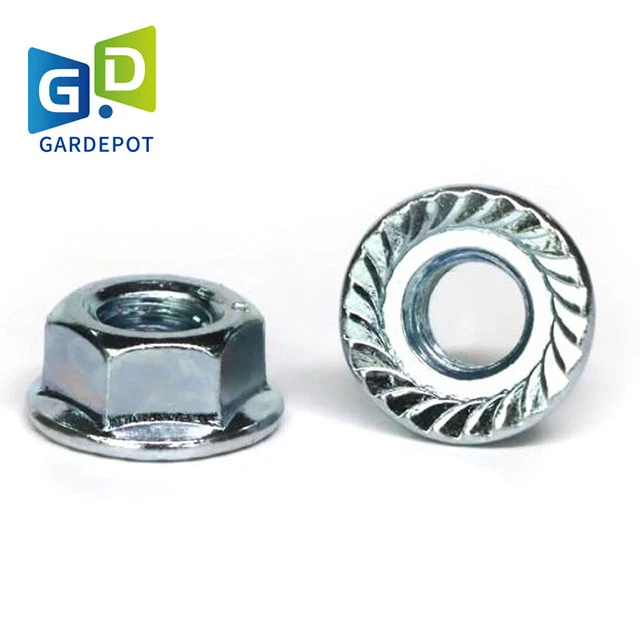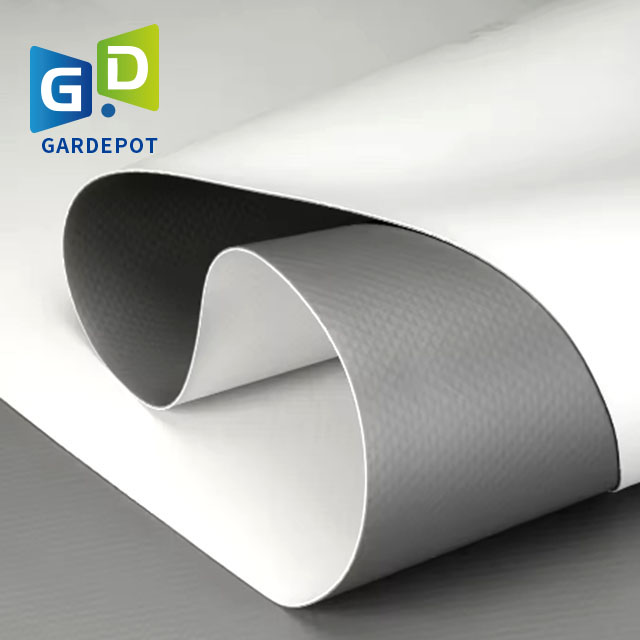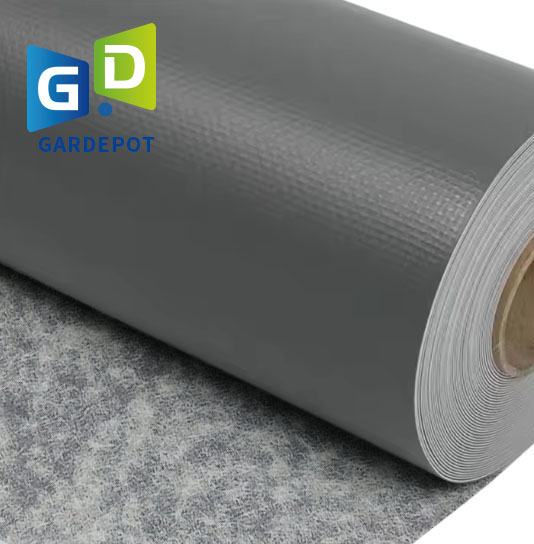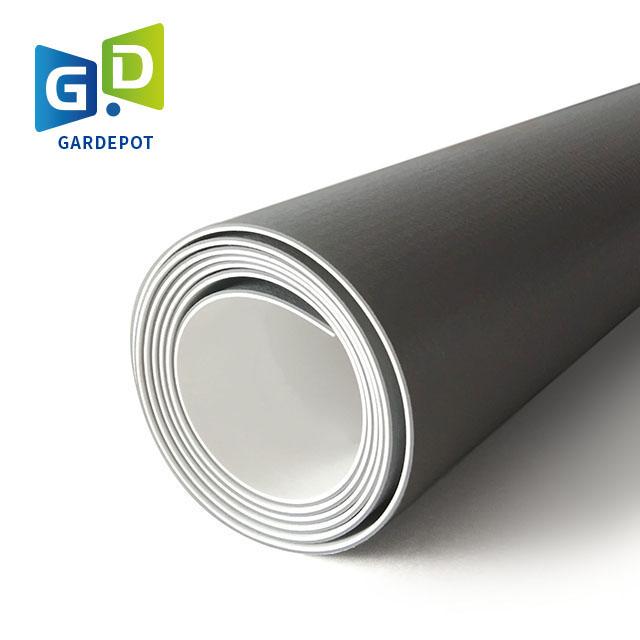Waterproof Roof Materials: Shielding Your Home with Resilience
A reliable waterproof roof is the first line of defense for any building, safeguarding it from the harsh elements and preventing water-related damage. Among the various options available, elastomeric membrane roofing, epdm sheet waterproofing, and rubber membrane flat roof materials stand out for their exceptional performance and durability. These materials offer a blend of flexibility, strength, and water resistance, making them ideal choices for homeowners and builders looking for long-lasting waterproofing solutions.
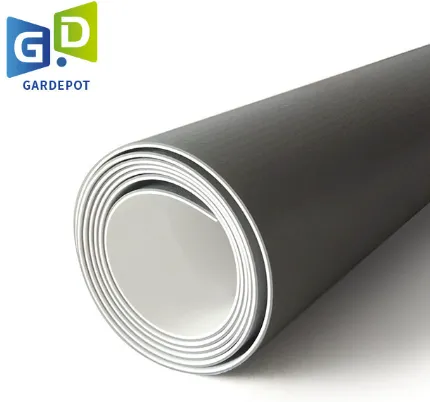
The Flexible and Durable Elastomeric Membrane Roofing
Elastomeric membrane roofing is a popular choice for those seeking a highly flexible and resilient waterproofing solution. These membranes are typically made from synthetic polymers that can stretch and conform to the shape of the roof, ensuring a seamless and watertight seal. Elastomeric membrane roofing is designed to withstand extreme temperature fluctuations, UV radiation, and heavy rainfall, making them suitable for a wide range of climates.
One of the key advantages of elastomeric membrane roofing is its ability to bridge small cracks and gaps in the roof surface, preventing water from seeping through. This makes it an excellent option for older roofs that may have developed minor imperfections over time. Additionally, elastomeric membranes are relatively lightweight, reducing the load on the roof structure and potentially lowering installation costs. Their long-term durability and low maintenance requirements make them a cost-effective investment for homeowners looking to protect their properties for years to come.
The Reliable and Versatile EPDM Sheet Waterproofing
EPDM (Ethylene Propylene Diene Monomer) sheet waterproofing has gained a reputation for its reliability and versatility in the roofing industry. EPDM sheets are made from a synthetic rubber compound that offers excellent resistance to weathering, ozone, and chemicals. These sheets are available in various thicknesses and sizes, making them suitable for both small and large-scale roofing projects.
EPDM sheet waterproofing is known for its easy installation process. The sheets can be adhered, mechanically fastened, or fully ballasted, depending on the specific requirements of the project. Once installed, EPDM sheets create a continuous, seamless membrane that effectively prevents water penetration. Their resistance to UV radiation and aging ensures that they maintain their waterproofing properties for decades, making them a popular choice for flat and low-slope roofs. Whether it's a residential home, commercial building, or industrial facility, EPDM sheet waterproofing provides a reliable and long-lasting solution.
The Robust and Efficient Rubber Membrane Flat Roof
Rubber membrane flat roof systems offer a robust and efficient waterproofing solution for flat and low-slope roofs. These membranes are typically made from high-quality rubber materials that provide excellent flexibility, strength, and water resistance. Rubber membranes are designed to withstand the rigors of daily use, including foot traffic, temperature changes, and environmental stressors.
One of the main advantages of rubber membrane flat roof systems is their ability to provide a long-term waterproofing solution with minimal maintenance. The seamless nature of the rubber membrane eliminates the risk of leaks at seams and joints, ensuring the integrity of the roof. Additionally, rubber membranes are resistant to mold, mildew, and other forms of biological growth, making them a hygienic choice for roofing applications. Their energy-efficient properties also help to reduce cooling costs by reflecting solar radiation, making them an environmentally friendly option.
Innovations in Waterproof Roofing Materials
The evolution of waterproof roofing materials has introduced innovative solutions that enhance performance and sustainability. Modern elastomeric membrane roofing now includes self-healing formulations that repair minor punctures, while EPDM sheet waterproofing advancements focus on recycled rubber content to reduce environmental impact. For rubber membrane flat roofs, solar-reflective coatings have been developed to boost energy efficiency, aligning with green building standards. These innovations ensure that waterproof roofing materials not only protect structures but also contribute to a more sustainable future.
FAQ About Elastomeric Membrane Roofing, EPDM Sheet Waterproofing, and Rubber Membrane Flat Roof
What makes elastomeric membrane roofing a smart investment for homeowners?
Elastomeric membrane roofing offers unmatched flexibility, allowing it to expand and contract with temperature changes without cracking. This feature alone reduces the risk of leaks by 80% compared to rigid roofing materials. Additionally, its UV-resistant properties prolong the roof’s lifespan, saving you up to 30% on maintenance costs over 20 years. The seamless application also eliminates weak points at joints, making it a superior choice for protecting your home from water damage.
How does EPDM sheet waterproofing outperform traditional asphalt shingles?
EPDM sheet waterproofing outperforms asphalt shingles in durability and versatility. Unlike shingles, which can curl, crack, or deteriorate in harsh weather, EPDM sheets maintain their integrity for 50+ years. Their seamless installation also provides 100% waterproofing, whereas shingles rely on overlapping layers that can fail over time. For flat or low-slope roofs, EPDM is the go-to solution for long-term reliability.
Why choose a rubber membrane flat roof for the environmental benefits?
Rubber membrane flat roofs are eco-friendly in multiple ways. Many are made from recycled tires, diverting waste from landfills, and their solar-reflective properties reduce energy consumption by up to 25%. Additionally, their long lifespan minimizes material waste from frequent replacements. For commercial buildings, this aligns with sustainability goals, while homeowners can enjoy lower utility bills and a smaller carbon footprint.
Can these waterproofing materials be installed on curved or irregular roof shapes?
Yes! Elastomeric membrane roofing and rubber membrane flat roofs are highly adaptable to curved or irregular surfaces. Their flexible nature allows them to conform to complex shapes, while EPDM sheets can be custom-cut and sealed to fit any roof design. This makes them ideal for unique architectural styles or older homes with non-standard roofs, ensuring a perfect fit and reliable waterproofing every time.
How do I maximize the lifespan of my waterproof roof membrane?
To maximize lifespan, inspect your roof annually for debris, ponding water, or signs of wear. For elastomeric membrane roofing, apply a protective coating every 5–7 years to rejuvenate UV resistance. For EPDM sheet waterproofing and rubber membrane flat roofs, check seams and fasteners for looseness and clean gutters to prevent water backup. Following these steps ensures your waterproofing system remains effective for decades, saving you from costly repairs.



